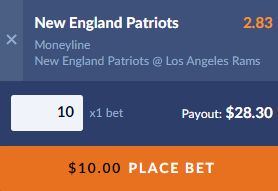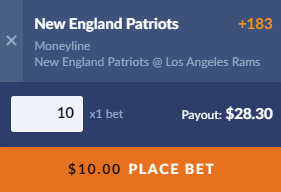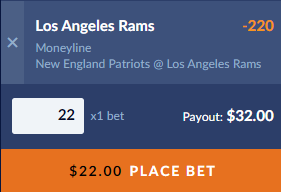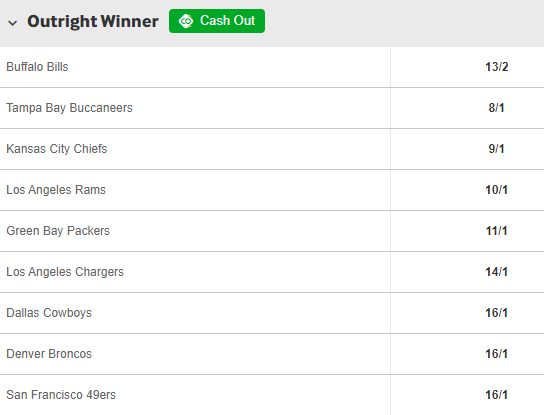
Understanding betting odds is the first thing you should do before ever placing a sports bet. If you don’t understand how the odds work then you really have no clue what you are betting on.
There are three main odds formats and I suggest that you understand each one. Keep reading for a break down of each format with examples.
If you think you will get confused learning all three at the same time then I suggest you start out by fully grasping decimal odds because they are the easiest to understand and the most useful when betting online.
Decimal Odds
This is the most common odds format used by Canadians. It’s used by each of the provincial sports lotteries such as Proline, and will likely be the default format used by any of our three recommended sportsbooks.
I think it is the best format because it’s the easiest to understand and the quickest method of calculating your potential payout for any wager amount.
To find the payout you simply multiply the selections decimal odds by your wager amount. Here is an example:
In this example the odds of the Patriots beating the Rams is 2.83. On a $10 wager the payout would be $28.30 (2.83 x 10).
It’s important to keep in mind that multiplying the decimal odds by your wager amount calculates the entire payout. If you are just interested in your potential winnings on the bet then you should subtract your wager amount from the payout. Continuing with the example, the potential winnings are $18.30 because the payout includes the $10 stake.
American Odds
This is the odds format that is most common in the United States and seeing as we are often influenced by our southern neighbours, I do strongly suggest that you learn to understand this format as well.
American odds involve (+) and (-) signs and how the odds relating to $100, whether it be how much a $100 wager would win, or how much you must risk to win $100.
A (+) sign in front of the odds means that the number is the amount that a $100 bet would win. This will typically be the underdog in a head to head game.
Using the same example as above, the Patriots are +183 underdogs in their game with the Rams. This means a $100 bet would win $183. If we break that down to $10 you should expect winnings of $18.30. Using the exact same example as with the Decimal Odds above, you can see the payout on the $10 is still $28.30. Once the bet amount is subtracted you find the winnings of $18.30 on a $10 bet at odds of +183.
A (-) sign in front of the odds means that the number is the amount you must risk in order to win $100. This will typically be the favourite in a head to head game.
Continuing with the same example, you see the odds of the Rams beating the Patriots are -220. That means you would have to wager $220 to win $100. As you can see a bet of $22 returns $32, which means the winnings would be $10.
Fractional Odds
I find that fractional odds can be best used when verbalizing your bets. I would much rather say I got the Sens at 2 to 1, than say I bet them at 3.00 odds.
Fractional odds are also often used by online betting sites for futures wagers when there are many options. In any case it’s good to know how fractional odds work and they are quite easy to understand.
Basically the numerator (first/top number) is the amount you will win by wagering the denominator (second/bottom number). For example, if I actually did bet the Sens at 2 to 1 (2/1) then I would expect to win $2 for every $1 that I wager. If I bet $10 then I would expect to win $20 ($30 payout).
Here is an example of how you can use fractional odds for a futures bet at Betway.com:
In this example the Bills are the favourites to win the Super Bowl. You would win $13 for every $2 wagered on the Bills if they won the Super Bowl in February. In comparison, the Rams would win you $10 for every $1 wagered if they won the Super Bowl.
Decimal vs American Odds Video
Decimal and American odds are the most common odd formats used by Canadians so I decided to make this quick video to help auditory learners better understand each format and their differences.





